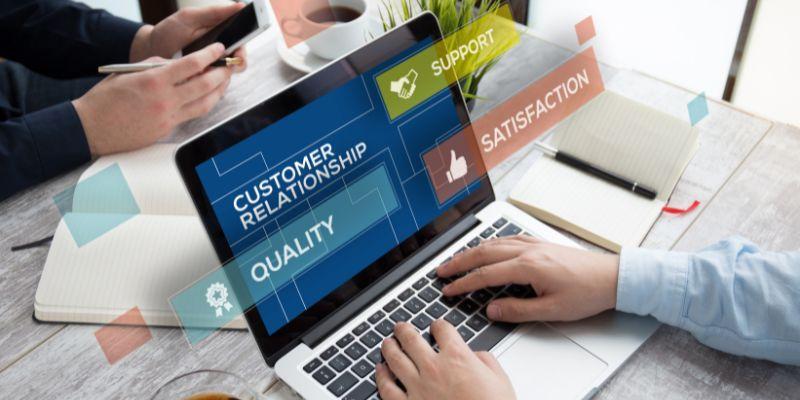
Every day, millions of customers wait in line, from driving to work to checking out at a retail store. The true reality about waiting for lines- pervasive and unavoidable! Given the dynamism of business and competition today, awaiting customer is potentially a lost customer.
Customer wait time is primarily affected by the poor design of the waiting for line system. A waiting line system, which is also referred to as a queuing system is made up of customers and the service system. Understanding the pitfalls of poor customer satisfaction which results from long queues is essential for any customer experience professional.
Waiting line theory which is popularly known as queuing theory is a step-by-step mathematical study of waiting lines. This broad theory is substantial enough to cover customer wait problems in almost any business scenario.
Economics of the Waiting Line
In every waiting line situation, there is always an opportunity cost involved. The manager has to make several decisions that revolve around adding the extra cost of providing more fast service (additional checkouts, more tellers) against the inherent cost of waiting.
Primarily all waiting line economic decisions are based on the following four elements:
1. Inputs – customers arriving to be served
2. Waiting Line – where the customers wait after arriving but before being served
3. Workstations – served the customers in the waiting line
4. Priority Rule – the method by which customers are chosen to be served
Basic Waiting Line Structures
Waiting line structures vary from business to business. Broadly waiting lines are characterized into:
1. Single-Channel, Single-Phase
2. Single-Channel, Multiple-Phase
3. Multiple-Channel, Single-Phase
4. Multiple-Channel, Multiple-Phase
The two queue structures which are mostly used and adopted in various service environments are Single-Channel Multiple-Phase and Multiple-Channel Multiple-Phase.
However single channel multiple phases move three times faster than having one line per counter. Statistically stated, at least one of the counters could have a random event such as a price check that would slow the line. Whereas a single-channel line moves faster because potential stoppers will only hold up a single counter allowing others to remain open.
Managers- Pause and Reflect
The following are some useful suggestions for helping service specialists to better manage queues.
- Benchmark: Always determine and set a benchmark for an acceptable waiting time for your customers.
- Go Digital: Use digital aid and Try to divert your customer’s attention while they wait.
- Information: Always inform your customers beforehand of what to expect.
- Segmentation: Breaking down your customers on basis of priority will always speed up the process.
- Training: Invest in building a customer-oriented and focused sales team.
- Technology: Invest in technological innovations such as queuing systems which will help you measure your queue and operational performance.
- Go Mobile: Invest in mobile technologies so customers are aware of waiting times before they arrive.
BOOK A FREE DEMO






